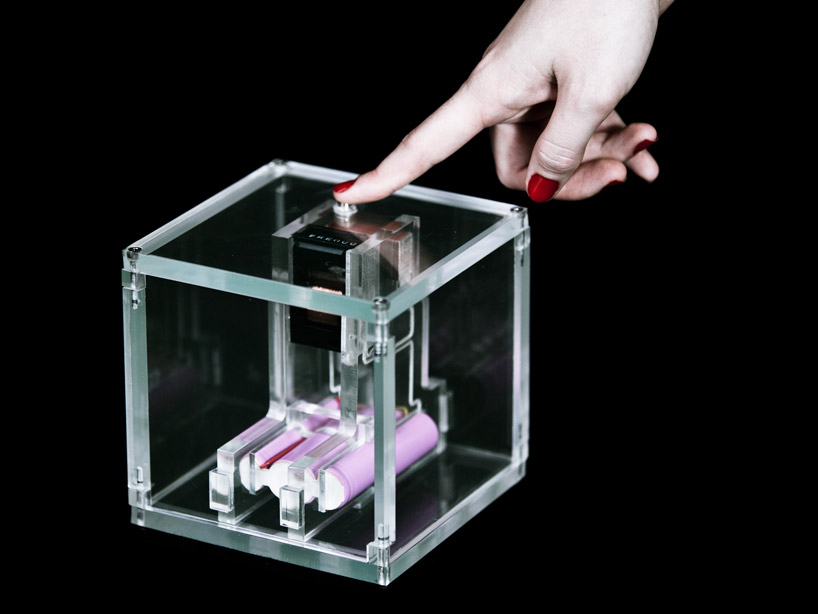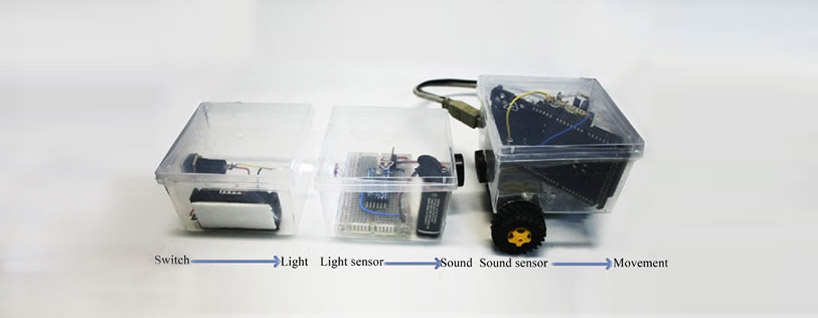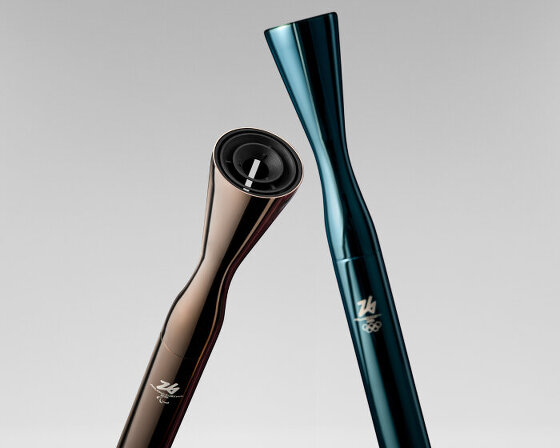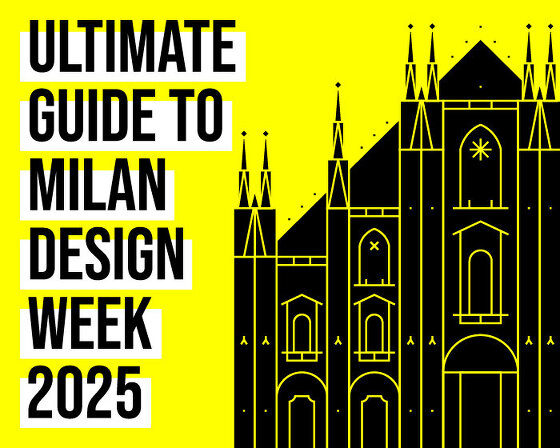KEEP UP WITH OUR DAILY AND WEEKLY NEWSLETTERS
uncover the colorful legacy of italy's iconic train, designed by gio ponti and giulio minoletti in the '50s.
connections: +110
unveiled as well at the italian pavilion in expo 2025 osaka, the design uses fuel coming from cooking oils and animal fats.
connections: +190
discover our guide to milan design week 2025, the week in the calendar where the design world converges on the italian city.
connections: 72
'there is no real, defined space, there’s just the reflection’ – designboom speaks with Hermès artistic directors charlotte macaux perelman and alexis fabry.

 the clear material used for the cube displays the internal mechanism photo by dima polivkin of the interaction lab
the clear material used for the cube displays the internal mechanism photo by dima polivkin of the interaction lab views of the three sensory cubes photo by dima polivkin of the interaction lab
views of the three sensory cubes photo by dima polivkin of the interaction lab diagram displaying how the cubes interact
diagram displaying how the cubes interact ‘slide cube’ image © designboom
‘slide cube’ image © designboom ‘knock cube’ image © designboom
‘knock cube’ image © designboom  visitors at the ‘decode’ exhibition at holon design museum interacting with the ‘cubes’
visitors at the ‘decode’ exhibition at holon design museum interacting with the ‘cubes’



